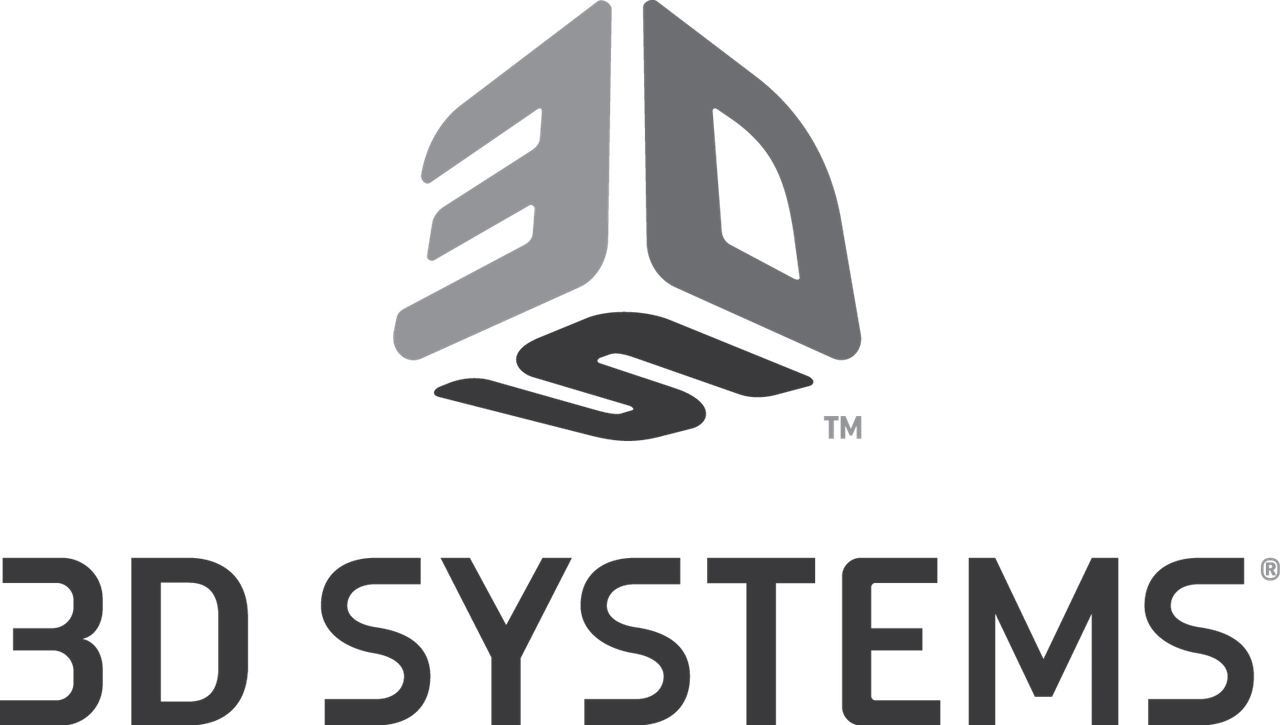![3D Systems released interesting financial results [Source: 3D Systems]](https://fabbaloo.com/wp-content/uploads/2020/05/image-asset_img_5eb0a3b523480.png)
3D Systems announced their latest quarterly financial results, which seem to have perturbed investors.
The 3D printing giant has been under pressure to dramatically improve their results ever since a major change in their management over two years ago.
This past quarter saw multiple improvements. Compared to the same quarter in 2017, they have:
-
Reduced expenses by a couple of percent
-
Improved profit margin by over 23%
-
Increased printer sales revenue by 17%
-
Increased overall revenue by around 8%
3D Systems chief Vyomesh Joshi (VJ) said:
“We are pleased with our continued strong growth in printer units and printer revenue, in both metals and plastics, as we continue to have balanced execution across all regions. At the same time, we are starting to see cost structure improvements as a result of actions we have taken over the last year.”
Those statistics actually sound very reasonable.
But then, why the dramatic drop in the company’s stock price after these numbers were announced? See the effect here, where 3D Systems lost over 20% of its value in only a few hours. That’s very significant.
There are numbers, and there are numbers.
![Dramatic drop in 3D Systems’ stock price [Source: Google Finance]](https://fabbaloo.com/wp-content/uploads/2020/05/ddd-results-18q3_result_img_5eb0a3b5bddbe.jpg)
The company did not post a profit for the quarter, reporting yet another loss of US$0.10 per share – although that is greatly improved over 2017Q3 where they lost US$0.34 per share.
The improvement in printer sales revenue is also a bit interesting. They say:
“The company reported 17 percent higher printer revenue on 93 percent higher printer unit sales, 14 percent growth in healthcare solutions, 2 percent growth in materials and 8 percent growth in software.”
Wait, they almost doubled the number of printer sales, yet increased the associated revenue by only 17%? This strongly suggests they are selling more lower-cost units and fewer high-end units. While the overall revenue is good, this could raise questions about their higher-end products from which margin could be greater.
I’m wondering if they are feeling pressure from the increasingly powerful professional 3D printers that are rapidly emerging in the market. These machines tend to have good quality, but are far less expensive. The printer sales results are consistent with that theory, but cannot be proven.
The other effect was that the company apparently did not achieve its forecast for the quarter. Public companies can provide “guidance”, which is a forecast for future results. Based on that guidance, the stock market reacts and settles on a specific price for the stock. However, if the guidance is wrong, things happen. Should the company exceed the guidance, the stock price will tick up appropriately.
But in this case, the stock was driven down.
I don’t think this is catastrophic news by any means; 3D Systems continues to undergo long-term internal changes to optimize their operations, the results of which are apparent in their latest numbers. They have much more to do.
At the same time they must compete against an increasing number of other suppliers who are only going to get better.
Via 3D Systems











The debate over use of proprietary or open materials ecosystems is becoming a big topic in 3D printing.